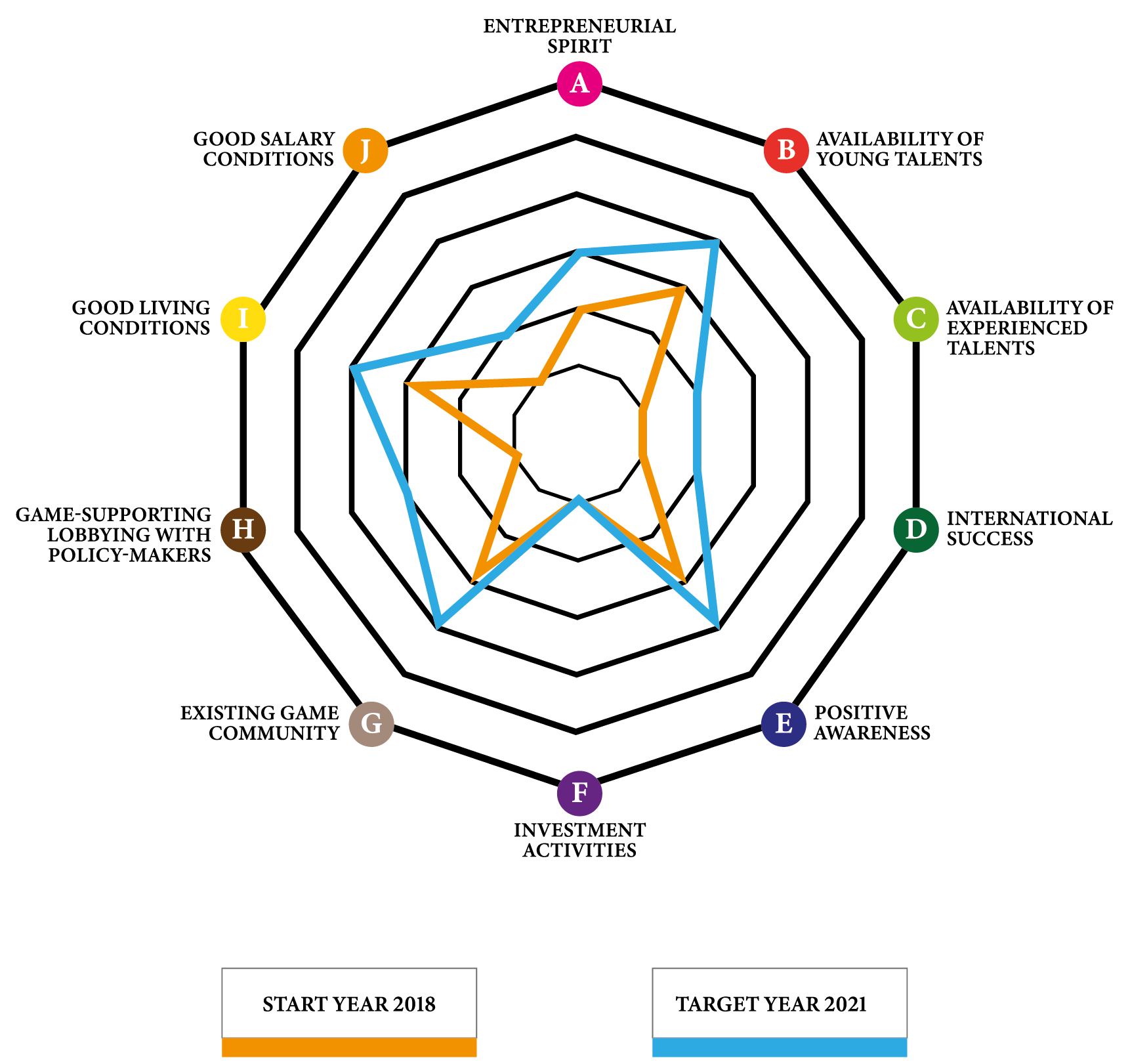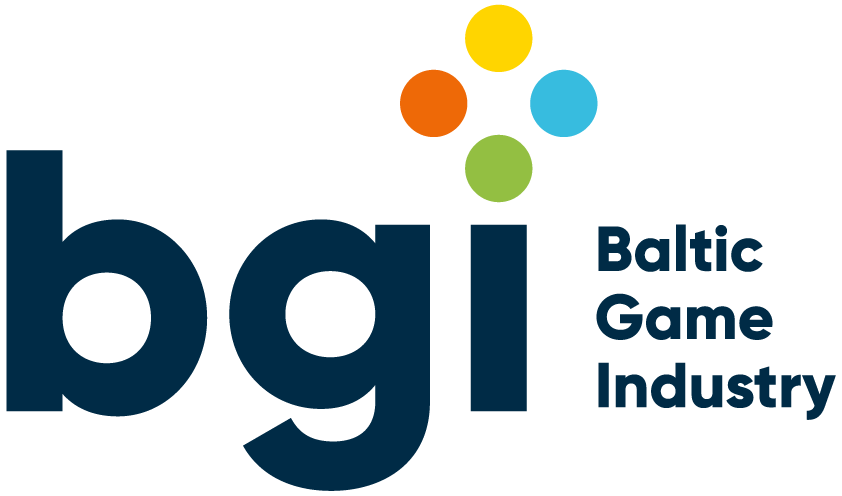Talents, Labour Market and Quality of Work Latvia
Latvia-wide statistics:
| Unemployment rate: | 7.1% (2019) |
| Unemployment number: | 72,800 (2018) |
| Job vacancies numbers: | 24,181 (2018) |
| Self-employment number: | 104,700 (2018) |
| Average income level (gross employee salary/wage) ICT/creative Industries: | 2208 € (2017) |
| Labour cost: average % to invest on top of gross salary per employee | 132 € (2016) |
| Gender gap pay: | 15.7% (2017) |
| Share of total public expenditure for labour market policy of GDP: | 0.38% (2018) |
| R&D expenditure public: | 0.51% (2017) |
| Young people (aged 16-20) neither in employment nor in education/training: | 11.2% (2017) |
| Tertiary education organisations: | 54 (2018/19) |
| Total university students (tertiary education): | 57.653 (2018) |
| Share of foreign students (tertiary education): | 9797 (2018) |
| Government expediture on education: | 4.7 % of GDP (2016) |
| Technological universities: | 1 |
| Graduates in tertiary education, in science, math., computing, engineering, manufacturing, construction, by sex – per 1000 of population aged 20-29: | 12.7 (2017) |
| Share of secondary education level students learning English language: | 98.3% (2017) |
| Average of granted citizenships per year: | 0.9 (2017) |
| Working hours (average per week): | 38.4 (2016) |
______________________
Status: 2020




